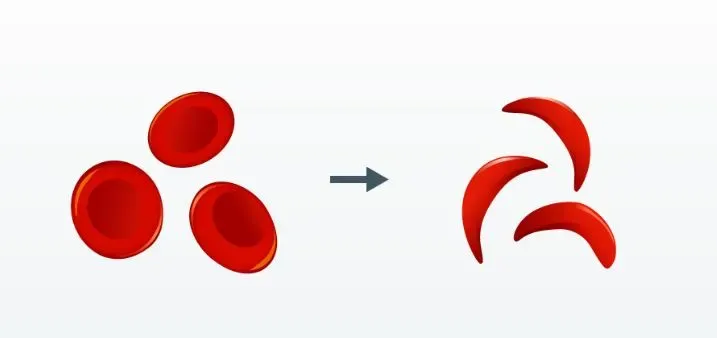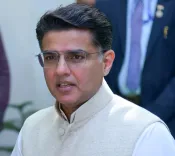How is the Sickle Cell Elimination Mission Ensuring Regular Treatment at Primary Care Centres?

Synopsis
Key Takeaways
- The National Sickle Cell Elimination Mission promotes awareness and treatment.
- Hydroxyurea therapy is now widely available at primary health care centres.
- Government data shows significant screening progress for SCD.
- Community engagement has identified numerous SCD patients.
- Patient counselling is integral to the mission's success.
Nagpur, June 21 (NationPress) The National Sickle Cell Elimination Mission has sparked widespread awareness and guaranteed essential care for individuals suffering from Sickle Cell Disease (SCD), a hereditary condition, at primary health centres, according to Dr. Manisha Madkaikar, Director of the Indian Council of Medical Research’s (ICMR) Centre for Research, Management, and Control of Hemoglobinopathies (CRMCH) in Chandrapur, Maharashtra.
SCD is a chronic genetic disorder that leads to a debilitating systemic syndrome characterized by chronic anaemia, painful episodes, organ damage, and significantly reduced life expectancy.
This genetic blood disorder profoundly impacts the patient’s life, resulting in several severe health complications.
According to government statistics, India holds the record for the highest tribal population density globally, with 8.6% of the population, or approximately 67.8 million people, classified as tribal, as per the 2011 Census.
To combat this, the National Sickle Cell Anaemia Elimination Mission was inaugurated on July 1, 2023, by Prime Minister Narendra Modi. The goal is to eradicate SCD as a public health issue in India by 2047.
In an interview with IANS, Madkaikar highlighted that the Sickle Cell Elimination Mission has fostered significant awareness among the public, patients, and healthcare professionals regarding this genetic disease and its treatment.
There has been a notable enhancement in understanding Sickle Cell Disease, with extensive population screening initiatives and community awareness programs that have identified numerous patients suffering from SCD,” she remarked.
ICMR-CRMCH is a pivotal institution in India dedicated to combating SCD and other blood disorders, which was inaugurated by PM Modi in December 2022.
The Director noted the “clear advancement in diagnosing Sickle Cell Disease and providing treatment.”
She emphasized that the hydroxyurea therapy—the established and standard treatment for SCD—was previously sporadically available at a few centres but is now consistently accessible at every level, starting from primary healthcare.
“Healthcare professionals are now confident in prescribing hydroxyurea and are undergoing training on how to monitor patients effectively,” the distinguished scientist commented.
As per the Health Ministry, “By June 3, 2025, a total of 5.72 crore individuals have been screened for Sickle Cell Disease, surpassing 75% of the three-year objective.”
Furthermore, Madkaikar mentioned that the elimination mission has empowered Sickle Cell counsellors to provide regular guidance to families about the disease.
They now also instruct families on how to care for these patients, as well as how to prevent the birth of Sickle Cell Disease through screening and pre-marital counselling,” she explained.
“There has been an incredible surge in awareness, and I am confident this will lead to an improved quality of life and a reduction in the burden of Sickle Cell Disease in the long run across the country,” Madkaikar concluded.







